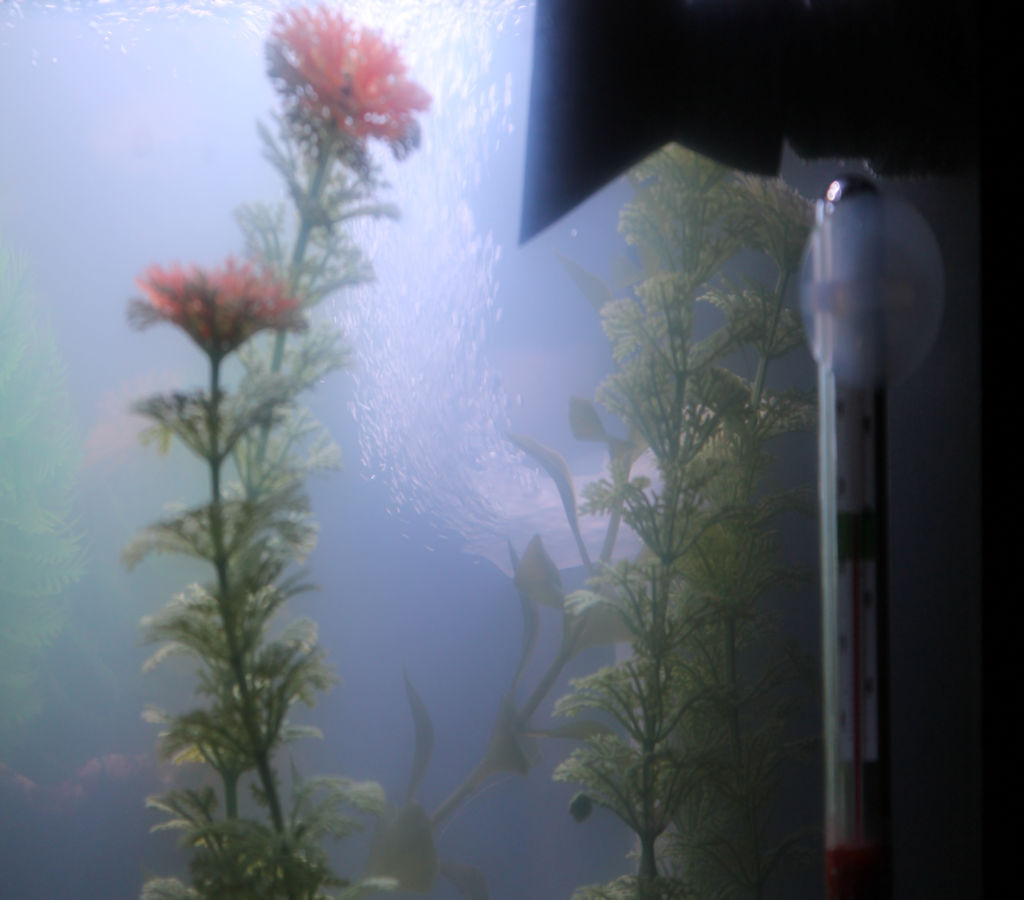jaylach
Aquarium Advice Apprentice
As expressed in a previous thread I'm running a new 20 gallon cube with under gravel filtration. I would also like to use the tank's built in three stage filtration but the included pump is not acceptable as it is just too strong for the tank. I mean what use is a pump rated at 264 gallons per hour in a 20 gallon tank? To me it seems that it would be overkill in a 100 gallon tank. I inherited a couple of black skirt tetras and they can't even swim against the resulting current.
I want to replace the pump but, as I've never used this type of filtration, sponge, carbon and ceramic, I'm not sure what I should go with for the new pump, main fish will be ropes (if I can ever find any) which tend to prefer slow moving water. I'm thinking that the combination of the under gravel and the three stage built in filtration should do quite well even with a low output pump for the built in. Simple matter to replace the pump as it is not anchored; just hangs from the output nozzle.
I'm thinking along the lines 15-20 gallons per hour. Am I in the ballpark?
I could just put a valve on the output of the current pump but restricting the flow on a pump generates heat which I don't want. I tried an in-line dimmer switch on the power cord but the pump motor must be capacitor driven as the dimmer does not lower the flow, it just makes it pulse. Actually I put the dimmer on an extension cord, not directly on the pump's power cord, as I didn't want to void the warranty.
I want to replace the pump but, as I've never used this type of filtration, sponge, carbon and ceramic, I'm not sure what I should go with for the new pump, main fish will be ropes (if I can ever find any) which tend to prefer slow moving water. I'm thinking that the combination of the under gravel and the three stage built in filtration should do quite well even with a low output pump for the built in. Simple matter to replace the pump as it is not anchored; just hangs from the output nozzle.
I'm thinking along the lines 15-20 gallons per hour. Am I in the ballpark?
I could just put a valve on the output of the current pump but restricting the flow on a pump generates heat which I don't want. I tried an in-line dimmer switch on the power cord but the pump motor must be capacitor driven as the dimmer does not lower the flow, it just makes it pulse. Actually I put the dimmer on an extension cord, not directly on the pump's power cord, as I didn't want to void the warranty.


